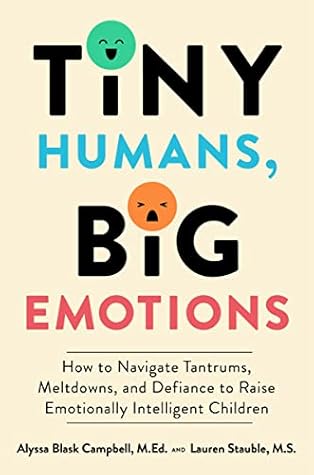More on this book
Community
Kindle Notes & Highlights
Relationships change us, reveal us, evoke more from us. We do not live in a world that encourages separateness. Only when we join with others do our gifts become visible, even to ourselves. —Margaret J. Wheatley and Myron Kellner-Rogers1
Now emotions felt vivid—whether painful or enjoyable, I didn’t care—and I felt alive experiencing a range of them. I felt alive when I was happy. I felt alive when I was sad. I felt alive when I was calm. I started to experience what I’d read about in my meditation books—a kind of happiness that is all encompassing and includes hard feelings. It’s not the kind of happiness we read about in fairy tales. This kind of happiness was rooted in my unconditional willingness to be present when I felt something. It wasn’t easy, but the work of it felt good. This is not to say I’ve reached a magical
...more
There are five components to emotional intelligence: self-awareness, self-regulation, empathy, motivation, and social skills.
“Empathy is feeling with people.”2 It’s hard because it requires us to let go of trying to cheer someone up when they’re suffering or trying to reason with them about why it’s not so bad or how it could be worse.
While each of us can be empowered to own our emotions, we also have the power to make positive and negative social contributions to someone else’s day.
The point of this story is twofold. First, it’s that each generation does their best with the knowledge and resources they have. Second, it’s that the way our loving, nurturing parents raised us—cutting edge as it may have been at the time—may be absolutely out of step with the latest science and research on child development.
Secure attachment. In a secure attachment, a child feels safe, seen, secure, and soothed. The caregiver is emotionally available for the child’s experiences. Secure attachment relationships include rupture (mistakes, challenges, disconnections) and repair. (Remember, this does not require perfection on the part of the caregiver. More on this later.) In a secure attachment relationship, the adult takes responsibility for their own regulation.
What’s my long-term goal for this child? What’s my goal for our relationship? Am I modeling the values I want them to inherit?
Studies show that kids who are bilingual and bicultural have more complex neural networks, and more advanced perspective-taking abilities and higher-level thinking skills than their monolingual, monocultural peers.
All day long, your nervous system is doing something akin to running apps in the background of your phone. The more apps there are and the more you use them, the faster the battery drains. From the moment your phone is turned on, it starts to drain. Certain apps drain it faster than others. We can recharge it to avoid that red battery alert signal, or we can wait until it crashes, plug it in, and then wait until it’s ready to restart. The same is true for our nervous system. We can recharge it proactively to help it function, or we can wait until it crashes, recharge it, and give it time to
...more
There is not one human on the planet who is regulated and uses their problem-solving, rational thinking brain (prefrontal cortex) all the time. That isn’t the goal.
“We are designed to draw energy from one another and restore energy through one another.”10


